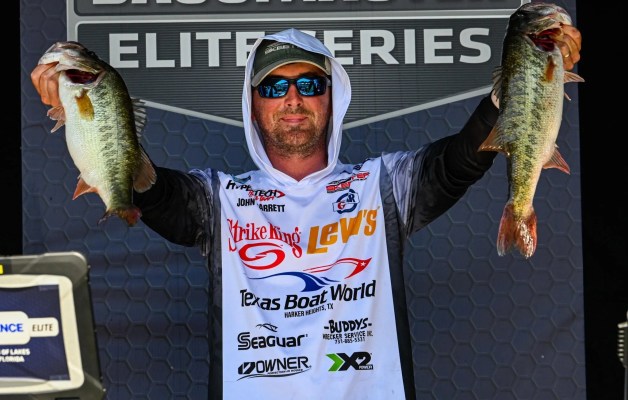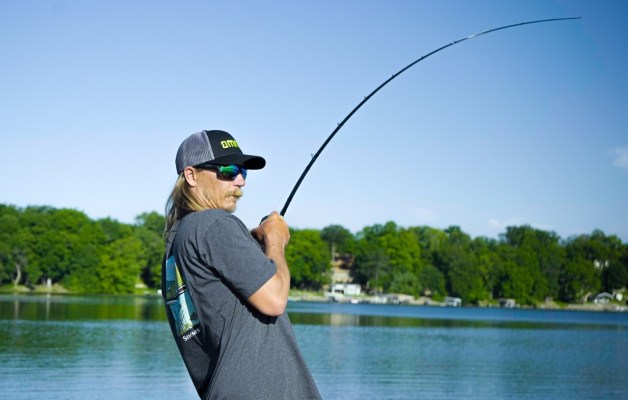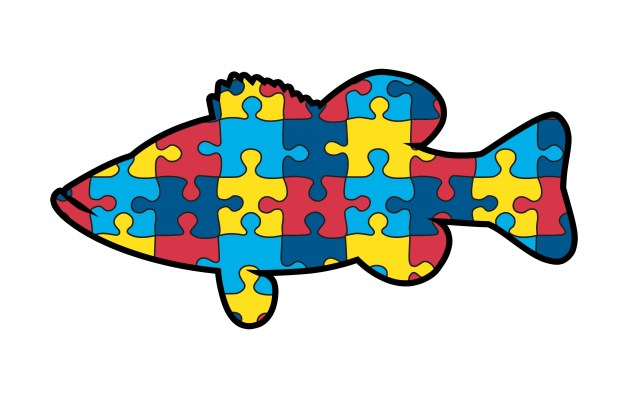
Soft plastic manufacturers are doing a good job of giving anglers excellent colors, but there are times when you may need to tweak a bait to suit your need or preference.
It's those occasions when I use dyes or marking pens to make my lure look more visible or natural.
For example:
A brighter color can make a difference in the number of strikes you get in muddy water. Modify the lure moments before you use it; if you do it the night before you go fishing, the dye may bleed through the bait or fade.
I prefer fluorescent green and chartreuse colors on lures I'll fish with swimming retrieves because they closely resemble the flash of a shad, bluegill, perch and other baitfish. If fishing on the bottom, I use fluorescent orange or red to imitate crawfish.
Now, if the water is slightly stained, I'll dye the baits the day before to allow the colors to bleed through overnight. This tones down the brightness; you want duller colors in clearer water.
In clear water, I prefer a subtle dying scheme to make the lure more natural. A very subtle color variation can make a big difference. I have found that some "natural" bait colors produced at the factory are too dark, so I like to lighten them a little.
That's because crawfish, minnows and bluegills are chameleon-like in clear water.
However, I sometimes make my natural-colored lures a little lighter than the surroundings. I can accomplish this by using soft baits in watermelon, pumpkin, sand and salt-and-pepper colors and dipping them into watermelon, green pumpkin, pumpkin or blue dyes. With these basic colors, I can match just about any natural background found in clear water.
To create more subtle color changes, I thin the dye by mixing a portion with water. I use a syringe to transfer the dye into a small cap, then add drops of water until I've created the change I desire.
Sometimes one dye color isn't enough because the lake's primary forage is more than one color. I may dip the tail of watermelon baits into pumpkin or even blue. I like adding a subtle blue shade to the tails of my baits to imitate bluegills and watermelon-pumpkin-blue combinations to imitate crawfish.
I use paint pens to add natural markings to soft plastics when fishing clear water. Small details can be really important if there is a lot of angling pressure where you're fishing.
Some of the common additions I use are to put yellow "eyes" with black dots onto soft plastic jerkbaits, shad-bodied baits, tubes and old minnow-imitating lures. I also like to add red blotches around the head, gills and belly to imitate a wounded baitfish.
The key is to experiment with colors and have fun with it. You may waste a few baits, but you can also develop a "secret" combination that will catch more fish.





